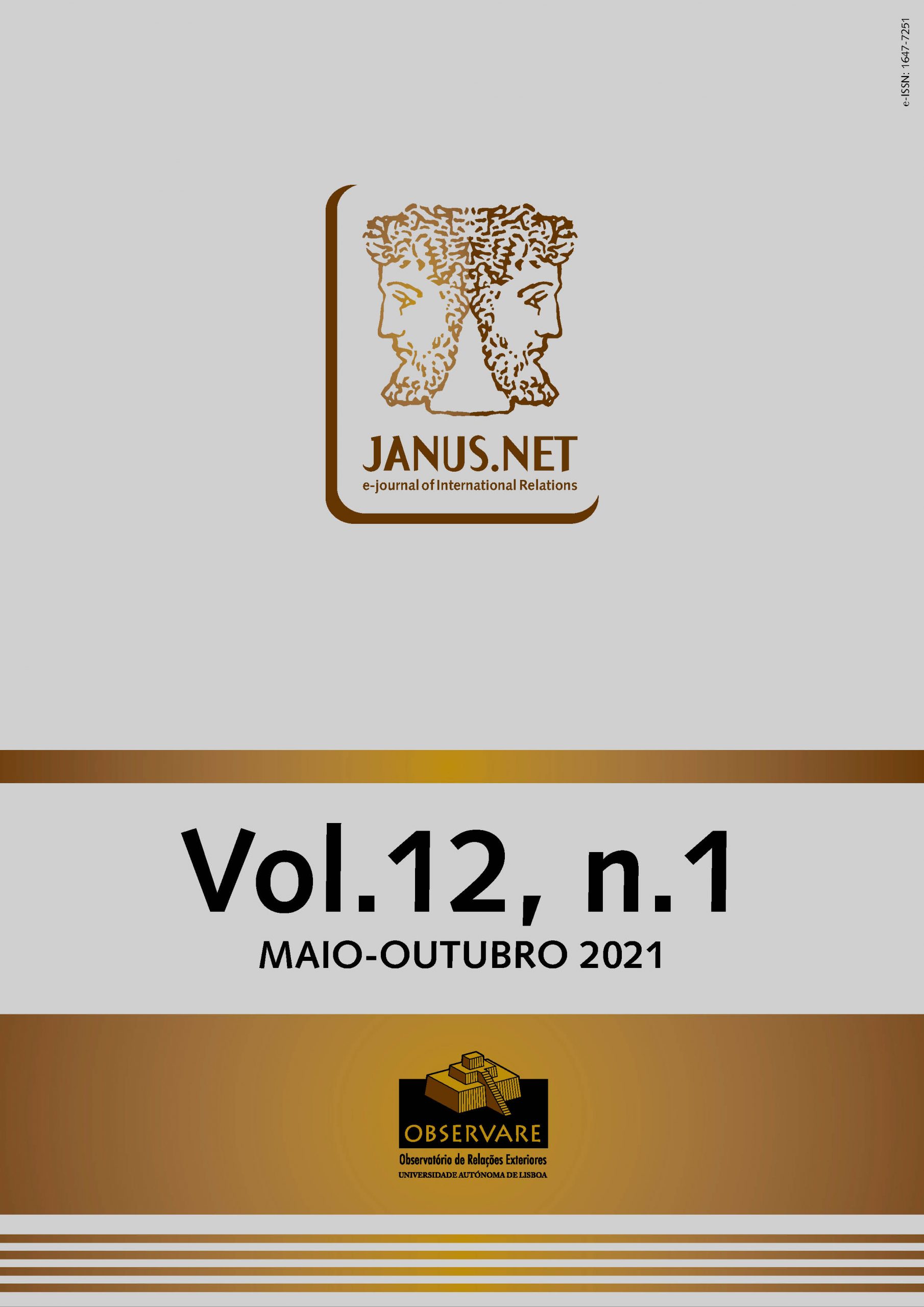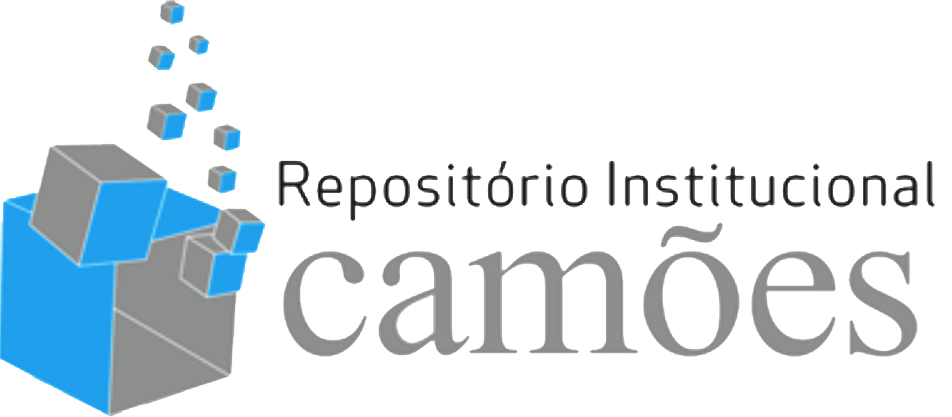One of the major challenges for monetary policy is to predict how exchange rate fluctuations affect inflation and price indices. Hence, the main objective of this study is to examine the exchange rate fluctuation in the price indices in Iran. This paper analyzes the effects of exchange rate fluctuations on price indices and other macroeconomic variables of Iran during the period of 2004-Q1 to 2018-Q4, using the framework of a recursive VAR model, drawing on Bernanke (1986) and Sims (1986).The results indicate that the transfer of exchange rate changes to price indices is imperfect, such that the exchange rate path through to consumer, producer, and import prices is from 14.68%, 15.55% and 18.22% in the first period increase to 51.78%, 53.15% and 88.14% in the 13th period. In addition, the results indicate that the exchange rate path-through decreases along the distribution chain, with the highest exchange rate passing through the import prices, producer prices and consumer prices, respectively. The result has interesting implications for Iran’s ability to attain an effective inflation-targeting regime. Monetary policy makers should curb exchange rate fluctuations by adopting appropriate exchange rate policies in order to minimize the uncertainty of the consumer price index. The study contributes to the literature by assessing the effect of changes in the exchange rate (the Iranian Rial vis-à-vis the US$) on prices using an updated time series from 2004 to 2018. It addresses the limitations of the previous studies, which found no strong relationship between the exchange rate and inflation rate in the Iranian context. One of these limitations was using the CPI, as the only price index.
EXCHANGE RATE PASS-THROUGH TO PRICE INDICES IN IRAN
»
Assistant professor, University of Gonbad Kavous (Iran)
Resumo
Um dos principais desafios da política monetária é prever como as flutuações da taxa de câmbio afetam a inflação e os índices de preços. Por conseguinte, o principal objetivo deste estudo é examinar a flutuação da taxa de câmbio nos índices de preços no Irão. Este artigo analisa os efeitos das flutuações cambiais nos índices de preços e outras variáveis macroeconómicas do Irão durante o período de 2004-Q1 a 2018-Q4, utilizando o quadro de um modelo VAR recursivo, baseado em Bernanke (1986) e Sims (1986). Os resultados indicam que a transferência das alterações da taxa de câmbio para os índices de preços é imperfeita, de tal forma que a trajetória da taxa de câmbio para os preços no consumidor, no produtor e na importação é de 14,68%, 15,55% e 18,22% no primeiro período aumenta para 51,78%, 53,15% e 88,14% no 13º período. Além disso, os resultados indicam que o percurso da taxa de câmbio diminui ao longo da cadeia de distribuição, com a taxa de câmbio mais elevada a passar pelos preços de importação, preços no produtor e preços no consumidor, respetivamente. O resultado tem implicações interessantes para a capacidade do Irão de atingir um regime eficaz de inflação. Os decisores políticos monetários devem reduzir as flutuações das taxas de câmbio, adotando políticas cambiais adequadas, a fim de minimizar a incerteza do índice de preços no consumidor. O estudo contribui para a literatura ao avaliar o efeito das alterações na taxa de câmbio (o rial iraniano em relação ao dólar americano) sobre os preços utilizando uma série cronológica atualizada de 2004 a 2018. Aborda as limitações dos estudos anteriores, que não encontraram uma relação forte entre a taxa de câmbio e a taxa de inflação no contexto iraniano. Uma destas limitações era a utilização do IPC, como único índice de preços.
Palavras-chave
Como citar este artigo
Khyareh, Mohsen Mohammadi (2021). Exchange rate pass-through to price índices in Iran. Janus.net, e-journal of international relations. Vol12, Nº. 1, May-October 2021. Consulted [online] at date of last visit, https://doi.org/10.26619/1647-7251.12.1.8
Article received on 31 October, 2020 and accepted for publication on 4 March, 2021















